

Table of Contents
What is a TEU?
TEU stands for “twenty-foot equivalent unit.” It is a general gauge in the container shipping industry that describes the capacity or size of a container ship or terminal.
The container has the capacity to hold one TEU, or the amount of cargo a typical 20-foot, 6.1-metre intermodal container can hold and is thus a standard reference.
Still bigger containers, like 40-foot containers, are sometimes considered to be two TEUs because they can hold about twice the cargo as a 20-foot container.
Capacity of container ships, which is defined as a number of containers which one ship can carry, was measured using TEUs, as well as container terminal throughput, which is defined by how many containers one certain terminal handles, and cargo volume in international trade statistics.
Importance of TEU measurement in logistics
The measure of TEU is very important in logistics on the following grounds:
Standardization:
TEUs are a standard unit of measurement for the comparison of capacity by container ships, terminals, and storage facilities globally.
Such consistency enables various stakeholders in shipping and logistics to understand and thus plan the movement of containerised freight.
Capacity Planning:
The TEUs help in measuring and designing the capacity of container ships. Shipping lines use TEUs to determine the cargo a ship can carry, this is critical in optimizing shipping routes, scheduling, and resource allocation.


Terminal Operations:
Container terminals apply TEUs as a means of determining their handling capacity. By knowing the number of TEUs a terminal can handle, operators will be able to plan operations efficiently, distribute resources such as cranes and storage space, and reduce the turnaround times for ships.
Infrastructure Investment:
This has also made the TEUs a statistic on which governments and commercial investors plan and invest in port infrastructures.
Besides, it puts the stakeholder in an informed position to make appropriate decisions regarding expanding infrastructure at ports, strengthening road and rail linkages, and ramping up logistical efficiency.
Trade Statistics:
TEUs establish a reference for quantifying international trade. Governments and other entities use TEU numbers to monitor imports and exports, track trade balances, and identify global commerce trends.
Logistical Efficiency:
The application of the TEU necessitates the efficient handling and movement of containers.
Standard container dimensions, like the 20- and 40-foot containers, forbid manual handling and thus improve the time taken to load/empty cargo and enhance overall efficiency in supply chains.
Cost Management:
The use of TEUs is increasingly felt to improve the clear handling and transportation of containers, thereby improving the time taken for loading and unloading and increasing overall supply chain efficiency since it eliminates manual handling of cargo due to the availability of standardized container sizes like 20-foot and 40-foot.
This, therefore, enhances efficient container handling and transportation. Standardised container sizes 20-foot and 40-foot eliminate the need for manual handling, improve loading/unloading times, and increase overall supply chain efficiency.

Advantages of using TEUs for cargo
The TEU abbreviation stands for Twenty-foot Equivalent Units. In general, it is a unit of measurement that denotes standard volume a container can handle. Shipping cargo with the help of TEUs has a number of advantages, such as:

Standardization:
TEUs provide a standardized unit of measurement for containers, facilitating logistics and planning for their movements across different modes of transportation, whether by ships, trucks, or trains.
Efficiency:
With the help of TEUs, shipping lines can effectively load and unload containers to have full capacity utilization on the vessel without capacity wastage.
Intermodal Compatibility:
These are unitized TEUs for sea, rail, and road transports, which allow for easy inter-modal transfer in the absence of repackaging and handling of the container.
Cost-effectiveness:
Thus, standardization with TEUs reduces the operational cost of handling and transportation of containers and administrative costs regarding logistics and documentation.
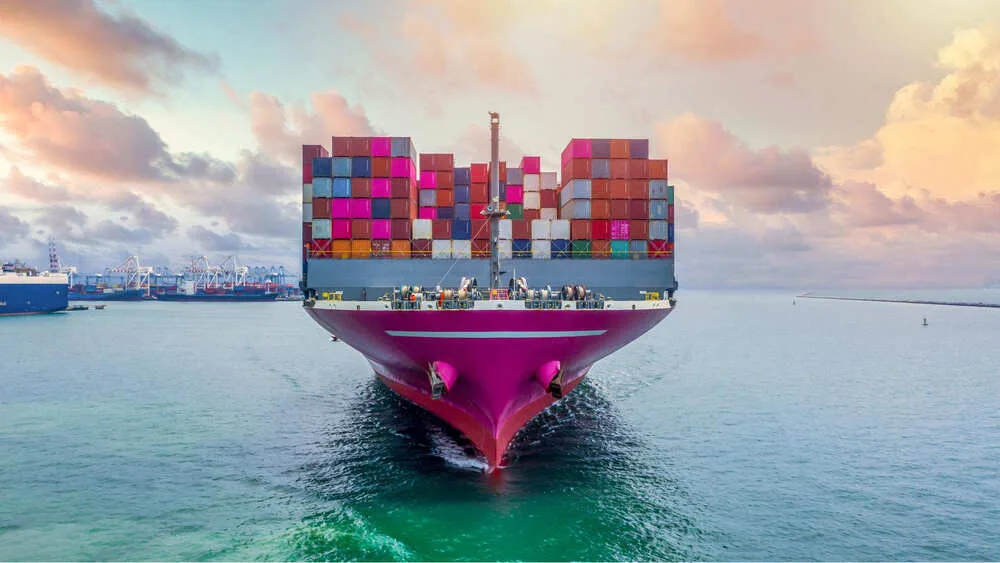
Capacity Planning:
Shipping lines and ports can plan and manage their respective capacities based on volumes in TEUs, which helps in resource allocation and infrastructural development.
Global Trade Facilitation:
TEUs are recognized all over the world, facilitating smooth trade operations across borders, and consistency in container handling procedures globally.
Environmental Impact:
One of the ways in which the carbon footprint for transport could be reduced is by the effective utilization of TEUs; this implies that more cargo volume would be moved per voyage, which translates into lesser fuel and reduced emissions per unit cargo transported.
On the whole, the facilitation of cargo with the help of TEUs has a number of advantages, furthering smooth operation, cost savings, and environmental concerns in the shipping industry around the world.
Environmental impact of TEU transportation
The transportation of cargo using TEUs (Twenty-foot Equivalent Units) has both positive and negative environmental impacts. Here are some key points to consider:

Positive Environmental Impacts:
Efficiency in Transportation: TEUs are efficient in packing and transporting goods such that carrying the cargo space per container is at maximum capacity. This efficiency leads to a reduction in the number of trips for carrying goods, hence reducing overall consumption of fuel and the accompanying emissions.
Intermodal Transport: The facility of easy movement of TEUs with different modes of transport like sea, rail, and road guarantees intermodal movement of the containers. This might result in logistical chains that could be more effective and less environmentally impacting compared to systems where this integration is lesser
Economies of Scale: Economies of scale can be availed by larger vessels, which are now able to carry more TEUs. Each vessel can carry goods more efficiently per cargo unit, hence reducing the emission of greenhouse gases per transported tonne of goods.
Negative Environmental Impacts:
Emissions from Transport: While the transport of goods in TEUs has gained in efficiency, it still is an emitter of greenhouse gases, mainly because of marine vessels and associated transport modes such as trucks and trains.
Port Operations and Infrastructure: Environmental impacts related to the handling and processing of TEUs at ports come in the form of air and noise pollution due to handling equipment, and the use of land and disruption of habitats from expanding ports.
Packaging and waste: Whilst TEUs facilitate global trade, it may also provoke higher levels of production and consumption, leading to further packaging waste and extraction of resources.
Ballast Water Management: The carrying vessel using TEUs may inadvertently transport invasive species in ballast water that could disrupt local ecosystems.

Mitigation Strategies:
More Efficiency: Emissions per TEU transported can be reduced by better design of the vessel, route optimization, and the use of cleaner fuels. Such port operations include the adoption of cleaner technologies for handling equipment, improvement of waste management practices, and reduction in habitat disruption.
Regulatory Compliance: In the case of following internationally laid down environmental regulations by IMO on emissions and ballast water management, some adverse impacts could be reduced. Increasingly, sustainability can be encouraged through the promotion of sustainable packaging, facilitating modal shifts towards low-emission transport modes like rail and inland waterways, and supporting carbon offset programs.
Final conclusion: While TEUs do have efficiency benefits from a cargo transport perspective, careful management and mitigation of environmental impacts should not go unnoticed or downplayed to reduce their footprint on the environment.
TEU vs FEU
TEU (Twenty-foot Equivalent Unit) and FEU (Forty-foot Equivalent Unit) are standard units of measurement used in the shipping and logistics industries to determine cargo container capacity or volume. Here’s a comparison of TEU and FEU:
TEU (Twenty-foot Equivalent Unit):
Size: The standard container size in TEU Shipping is 20 feet long, 8 feet high, and 8 feet 6 inches tall.
Capacity: A single TEU has the capacity to carry a volume of about 1,360 cubic feet-38.5 cubic meters.
Application: Non-bulk products, like consumer goods, electronics, apparel, and even some types of foodstuff, rely heavily on the transportation of such goods using TEUs.
FEU (Forty-foot Equivalent Unit):
Size: A container that has a length of 40 feet and a width of 8 feet and with a height of 8 feet 6 inches is deemed an FEU. Approx: 12.2 meters in length, 2.44 meters in width and 2.59 meters in height.
Capacity: This holds twice the capacity of a TEU volume of about 2,720 cubic feet-77 cubic meters.
FEUs move larger cargo needs in higher volumes, like automobiles, machinery, larger pieces of furniture, and generally bulky items.
The cost and handling: because FEUs are much larger in size and capacity, their shipment usually is more expensive than the shipment cost of TEUs. Sometimes, special equipment in handling FEUs may also require specific infrastructure to be available at the ports and terminals.

Comparison:
Volume: It has a twice higher volume capacity compared with TEUs, and in view of this, FEUs could be used for big-sized and bulky cargo.
- Cost Efficiency: There are cases where the TEUs are cost-effective, especially for smaller shipments or those goods whose volume is not too high. The FEU, on the other side, is cost-effective in the transportation of goods in higher volumes. The shipping lines and logistics could provide options between both TEUs and FEUs based on cargo type and customer needs.
The volume of the cargo dictates when TEU Shipping or FEU would be applied. While the generalization may differ, normally the cargo that is most general to fit in is measured by TEU, whereas FEU applies in the case of larger items or when shipping more items to optimize space and cost efficiency.
Ultimately, the shipment of TEU Shipping across the global environment provides and delivers goods in the most efficient manner possible over international waters. It will be so for quite some time yet, as standardized containers become an increasingly important factor in growing economies and evolving consumer needs-a development that will further tighten logistics while cutting into precious shipping time.
Employing state-of-the-art technological innovations, along with sustainable practices, is where stakeholders will take the industry forward, enhancing efficiency while salving the effects of environmental degradation.
Those are the TEUs, and their significance can be fathomed only when a firm takes a deeper plunge into the never-ending maze of global supply chains. So let us come together and devise a strategic plan in optimizing our shipping method to create a sustainable future for international trade.

TopShipping
With years of experience in logistics and freight forwarding, the author is passionate about making shipping smoother and more efficient.
As a leader at TopShipping, they’ve developed a deep understanding of supply chain management, international shipping rules, and creative logistics solutions. They’re driven by a desire to help businesses succeed by delivering reliable, customer-focused services.
Over the years, they’ve also shared their expertise by writing for various industry publications, offering practical tips and insights on the latest trends in logistics. Thanks to their leadership, TopShipping has become a trusted name for companies looking for hassle-free global freight solutions.


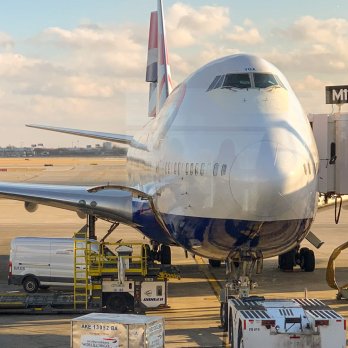

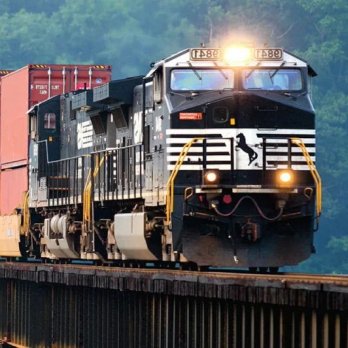
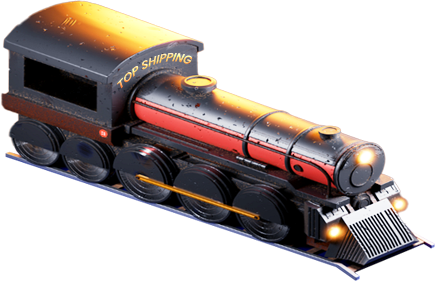
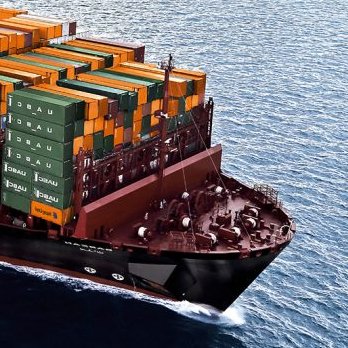
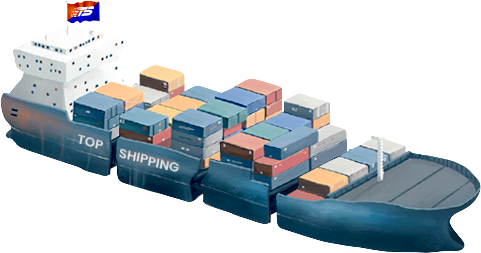
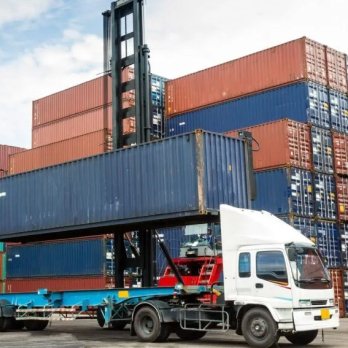
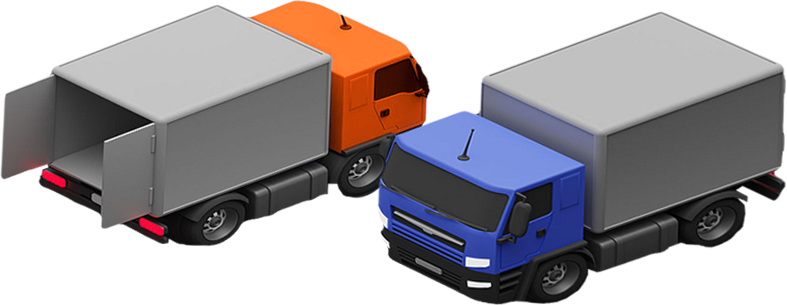
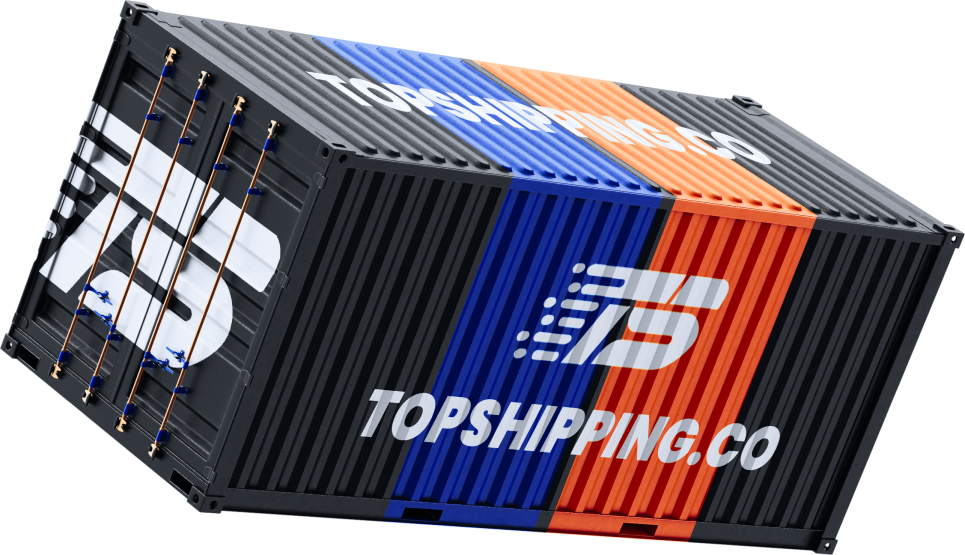





Comment Section